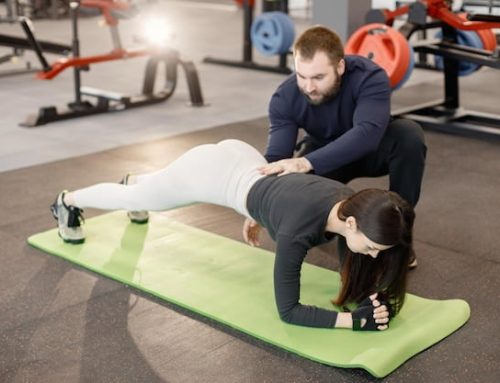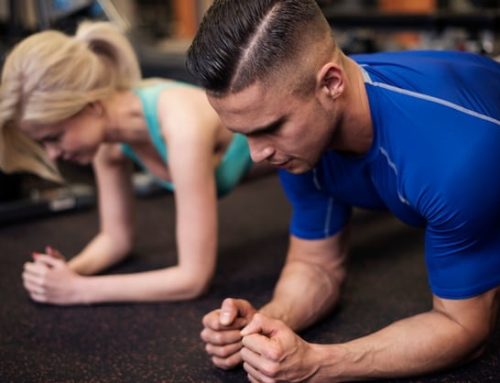The Importance of Flexibility in Sports-Specific Training
Sports-specific training is the process through which athletes develop specific skills in their respective sports. In other words, it involves workouts, drills, and exercises that are tailored to improve the performance of athletes in their specific sports. One of the key components of sports-specific training is flexibility training, which involves stretching exercises designed to enhance the range of motion of joints and muscles. This article aims to explore the importance of flexibility in sports-specific training.
What is Flexibility Sports Training?
Flexibility sports training is a type of training that involves exercises aimed at enhancing the flexibility of athletes. By improving flexibility, athletes can move more freely, reduce the risk of injury, and enhance performance in their respective sports disciplines. Flexibility training is also essential in the recovery process, as it helps to reduce muscle soreness and stiffness. There are various types of flexibility exercises, including static stretching, dynamic stretching, PNF stretching, and foam rolling.
Static Stretching
Static stretching is a type of flexibility exercise that involves holding a particular pose or position for an extended period. This type of stretching is useful in reducing muscle tension, improving flexibility, and increasing the range of motion of specific joints. Examples of static stretches include hamstring stretches, quads stretches, and calf stretches.
Dynamic Stretching
Dynamic stretching is a type of flexibility exercise that involves moving the body through different ranges of motion without holding a particular position. This type of stretching is useful in warming up the muscles, increasing flexibility, and improving coordination. Examples of dynamic stretches include lunges, leg swings, and hurdle mobility drills.
PNF Stretching
PNF stretching is a type of flexibility exercise that involves a combination of contraction and relaxation of muscles. This type of stretching is useful in improving flexibility and increasing the range of motion of specific joints. Examples of PNF stretches include the contract-relax technique and the hold-relax technique.
Foam Rolling
Foam rolling is a self-myofascial release technique that involves using a foam roller to massage and compress the muscles. This type of stretching is useful in reducing muscle soreness, improving flexibility, and enhancing overall performance. Examples of foam rolling exercises include rolling the calves, quads, and hamstrings.
The Benefits of Flexibility Sports Training
Flexibility sports training has numerous benefits for athletes, including:
Enhanced Performance
By improving flexibility, athletes can move more freely, which enhances their overall performance in their respective sports. Increased flexibility also helps athletes to increase power, speed, and agility, which are essential components of many sports.
Reduced Risk of Injury
Flexibility sports training helps to reduce the risk of injury by increasing the range of motion of joints and muscles. By doing so, athletes can move more freely without placing undue stress on their muscles or joints, reducing the risk of injury.
Improved Recovery Time
Flexibility sports training is useful in the recovery process, as it helps to reduce muscle soreness and stiffness. By reducing muscle soreness and stiffness, athletes can recover faster from intense workouts or competitions.
Improved Posture and Body Mechanics
Flexibility sports training helps to improve posture and body mechanics by reducing imbalances or limitations in range of motion. Improved posture and body mechanics also help athletes to move more efficiently, reducing the risk of injury and enhancing overall performance.
Conclusion
In conclusion, flexibility sports training is an essential component of sports-specific training. Flexibility exercises such as static stretching, dynamic stretching, PNF stretching, and foam rolling help to increase the range of motion of joints and muscles, reducing the risk of injury and enhancing performance. Whether you are a professional athlete, a weekend warrior, or a fitness enthusiast, including flexibility exercises in your workout regimen can help you to move more freely, reduce the risk of injury, and enhance performance.






